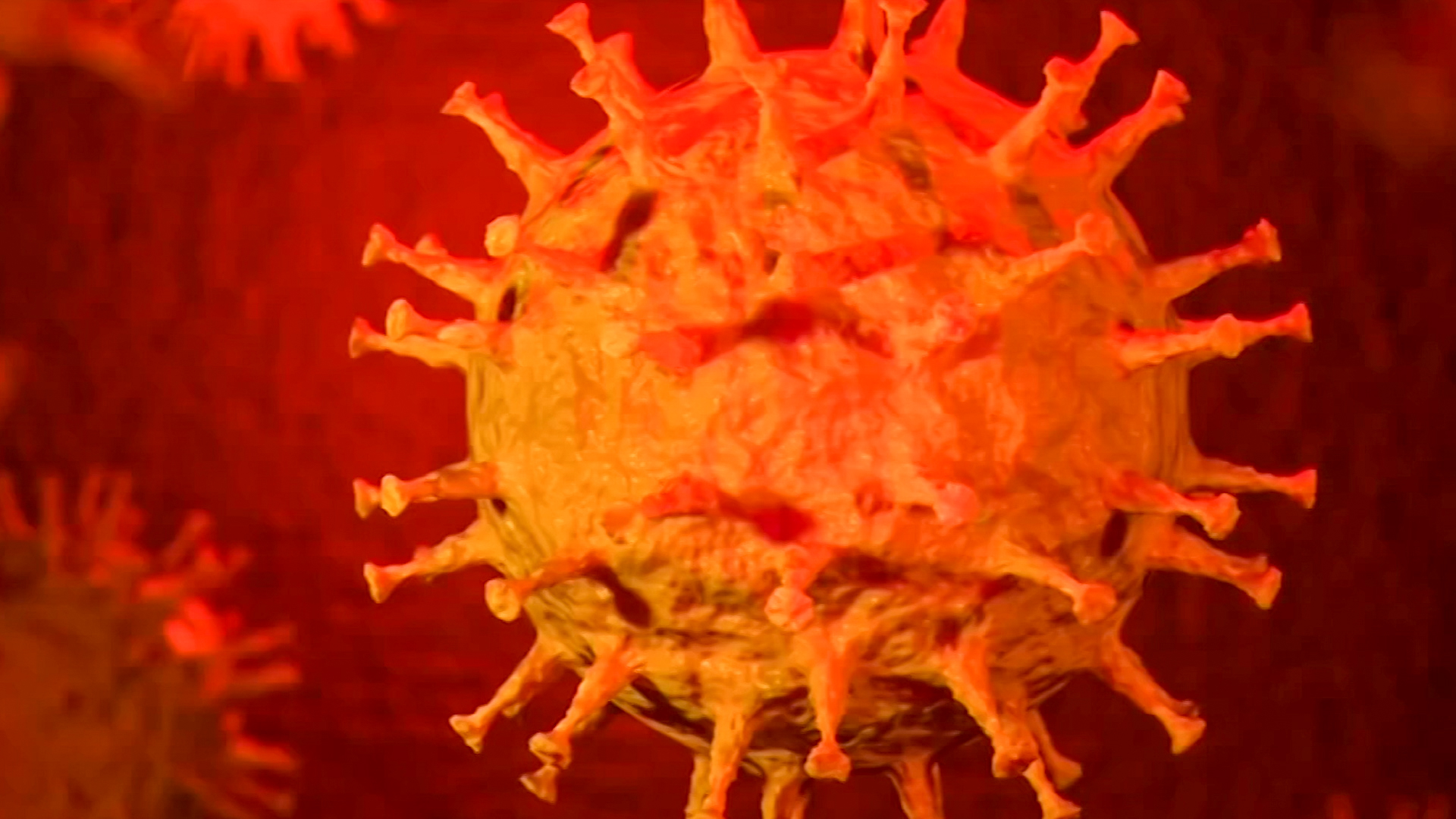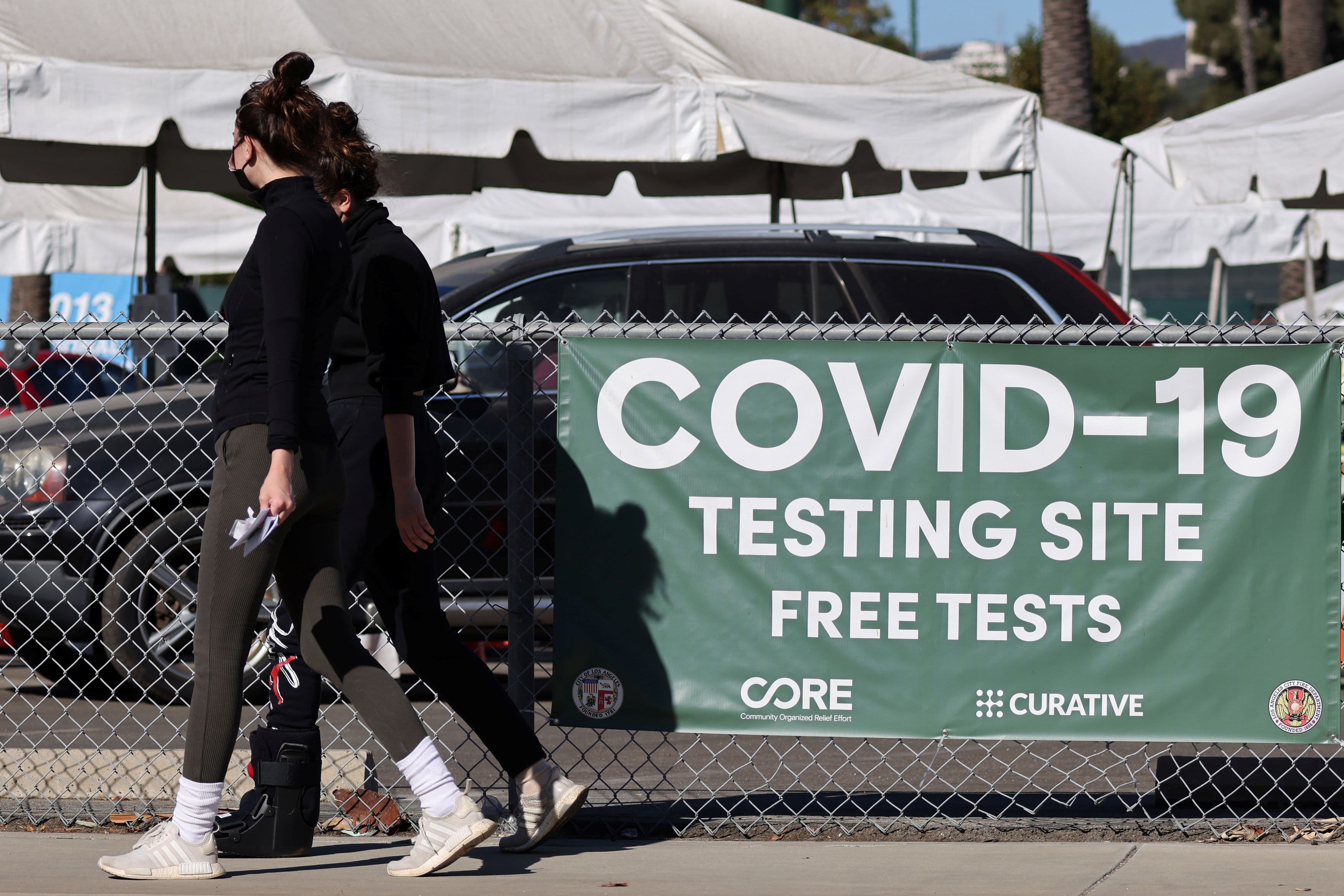
A new analysis shows that the occupation that appears to be getting infected at the highest rate is construction work. Joel Grover reports for NBC4 News at 11 p.m. on Dec. 10, 2020.
What to Know
- A new analysis shows that the occupation which appears to be getting infected at the highest rate is construction work.
- It's more than healthcare, supermarket work, and first responders, the analysis says.
- The analysis is based on questionnaires filled out by 730,000 people who got tested at public sites in Los Angeles from August to October 2020.
A first-of-its kind analysis of people tested for COVID-19 in Los Angeles shows that the occupation that appears to be getting infected at the highest rate is construction work -- more than healthcare, supermarket work, and first responders, who come in contact with a lot more people every day.
That's the conclusion of a report obtained by the NBC4 I-Team. The report is based on questionnaires filled out by 730,000 people who got tested at public sites in Los Angeles from August to October 2020, and was done by Curative, the company that helps run the sites.
Of those people testing positive and experiencing no symptoms of COVID, construction workers had the highest rate of positivity, far ahead of the next most frequently infected professions--food service workers, healthcare workers, and grocery store workers.
"In the construction industry, people may still be coming to work if they have symptoms because there’s no paid sick leave," said Dr. Jeff Klausner of UCLA School of Public Health, who is also Curative's medical director.
Other key findings of the Curative evaluation of people tested in LA:
- More than 42% of people who test positive had no symptoms of COVID-19;
- Hispanics were far more likely than non-hispanics to get infected;
- Men were more likely than women to test positive;
- People who say they've been they've interacted with strangers or have been in public places--like parks or outdoor restaurants--had low infection rates.
Klausner says that last finding should prompt public health officials to rethink some restrictions such as those on outdoor dining.
"I'm concerned that public health interventions push people indoors and close outdoor venues … I think there is increasing evidence now that outdoor activities are safe," Klausner told NBC4.
The Curative evaluation of people getting tested has been submitted to the Center For Disease Control and Prevention's (CDC) Journal of Emerging Infectious Diseases.
Click here to read the full report.



